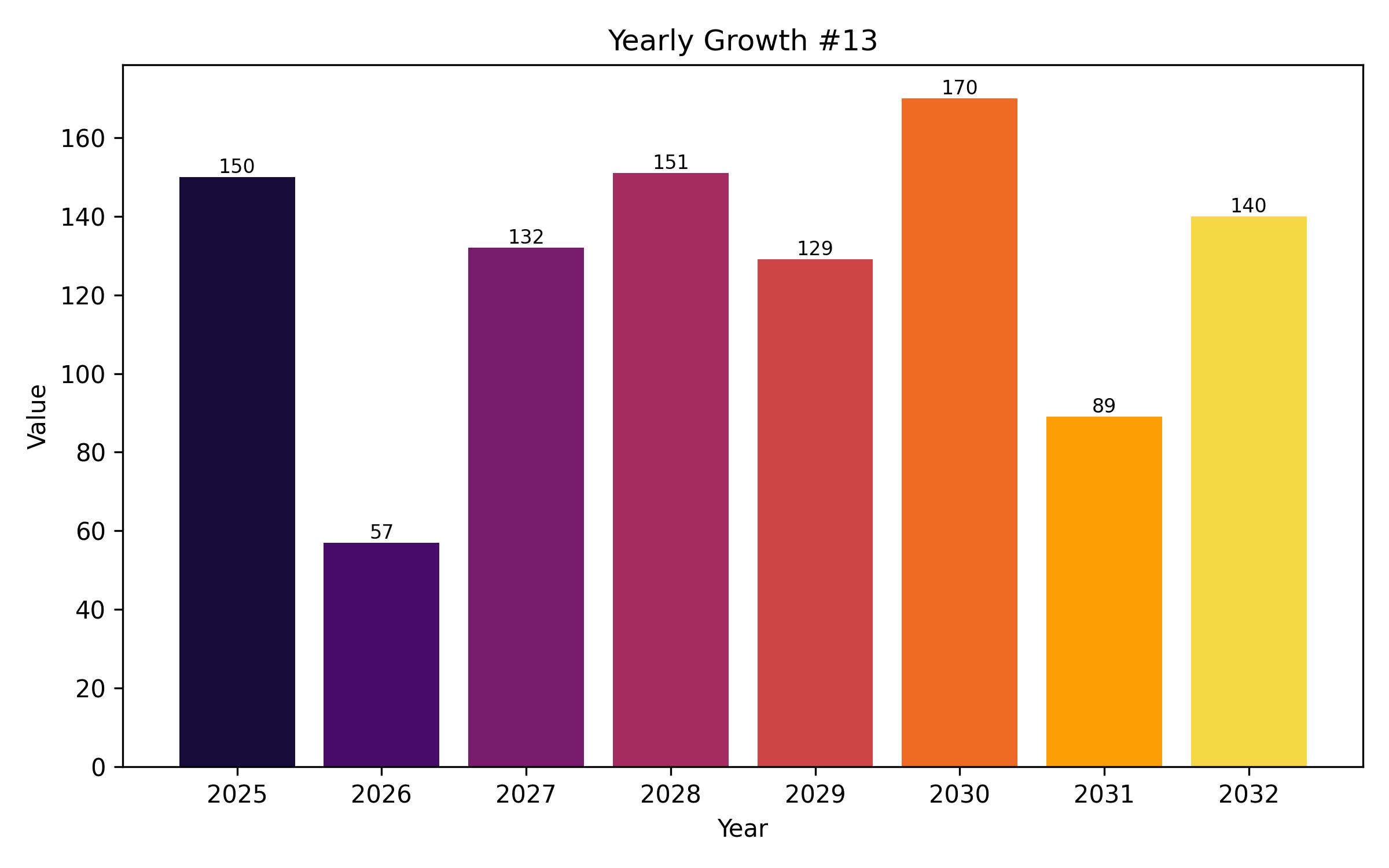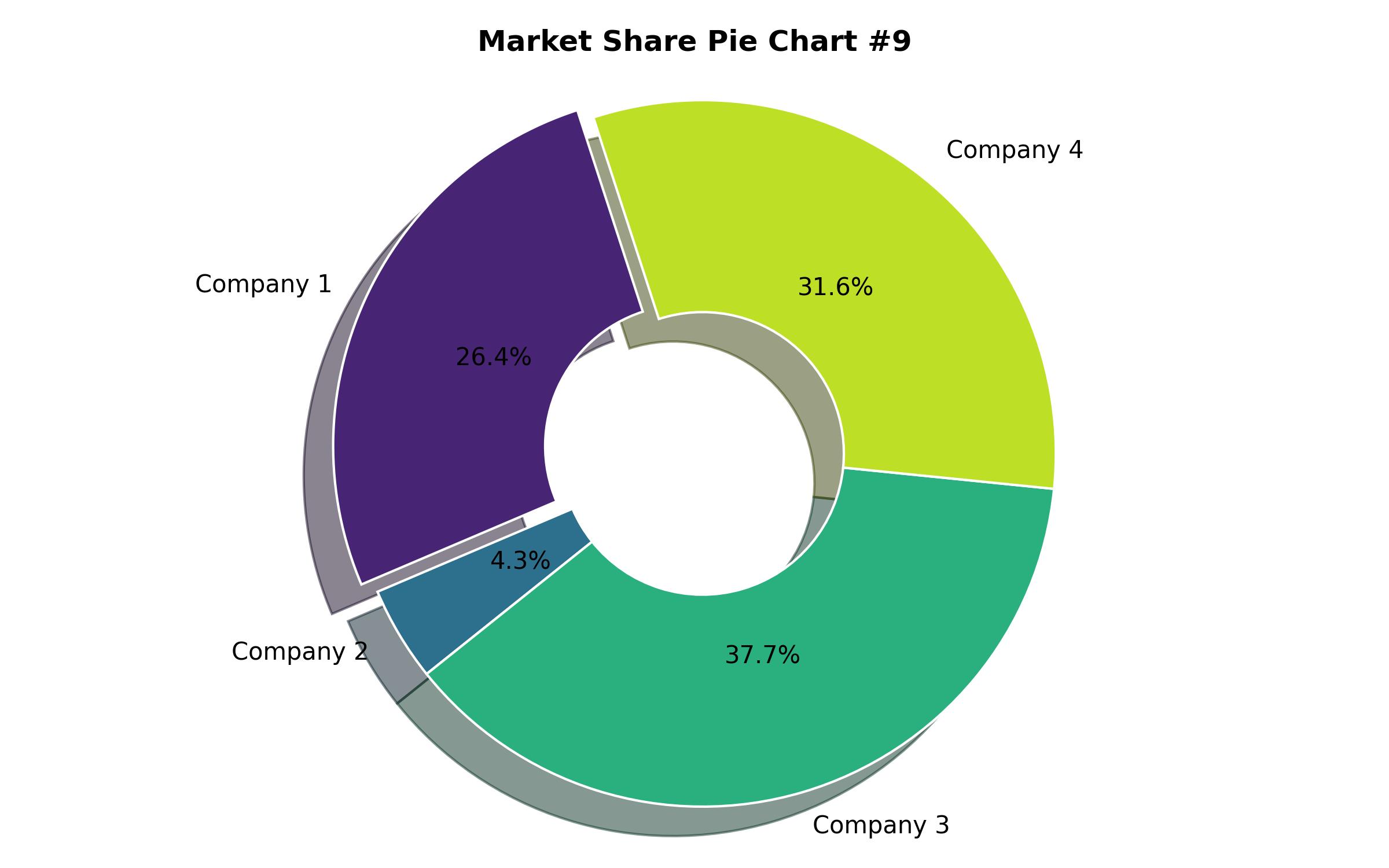In-Depth Analysis of the South Korean Dehydrated Vegetable Market Landscape by Category and Segment Through 2035
Overview:
The market for dehydrated vegetables in South Korea is projected to attain a value of USD 515.8 million in 2025. The sector is forecast to experience a significant compound annual growth rate of 9.7% from 2025 through 2035, leading to a substantial market valuation of USD 1,610.5 million by the end of the forecast period. This robust expansion is being propelled by several key factors, including evolving consumer dietary habits, a surging demand for convenient food options, and increased awareness regarding health and wellness.
A primary catalyst for this growth is the rising preference among consumers for ready-to-eat and easy-to-prepare meals. In response to increasingly busy lifestyles, South Korean consumers are actively seeking out products that offer quick and simple food solutions requiring minimal preparation time, while still delivering the nutritional advantages associated with fresh produce.
Further contributing to demand is the growing adoption of plant-based diets and a preference for clean-label food items. As consumers transition towards healthier eating patterns, there is a heightened desire for products that are natural, free from artificial additives, and rich in nutritional value. Dehydrated vegetables, which provide extended shelf life while preserving a significant portion of their vitamins and minerals, effectively meet these consumer demands and are therefore gaining considerable traction among health-oriented individuals.
Moreover, a growing emphasis on sustainability and the reduction of food waste has stimulated the utilization of these products. The dehydration process allows for prolonged storage of vegetables without substantial nutrient loss, thus conserving food resources and promoting environmentally conscious consumption practices. With South Korea placing a strong emphasis on sustainable initiatives, the industry presents an economical method for minimizing food waste and spoilage, making it an appealing choice for both consumers and food sector enterprises.
The proliferation of e-commerce platforms and the expansion of various retail formats are also playing a crucial role in driving market growth. Enhanced availability of dehydrated vegetable products through online channels and traditional supermarkets has significantly improved consumer accessibility and convenience. With improved distribution networks and the escalating consumer desire for both convenience and sustainability, the industry is well-positioned for continued expansion over the coming decade.
Significant trends are observed across various end-use sectors within the industry, particularly within the food and beverage, household, and pet food applications, all of which are contributing significantly to market expansion. Within the food and beverage industry, there is an observable increase in the integration of these products as essential components in packaged meals, soups, sauces, and snack items. As consumer demand for time-saving solutions intensifies, these ingredients are being widely adopted to facilitate the creation of quick, nutritious meals with reduced preparation requirements.
The upward trend in plant-based diets is another factor contributing to market dynamics, with dehydrated vegetables frequently incorporated into plant-based meal formulations to provide valuable fiber and vitamins. Food manufacturers are increasingly seeking economical and stable alternatives to fresh produce, a need that is effectively met by the inherent advantages of dehydrated vegetable products.
In the household segment, there is a clear trend towards convenient products offering extended shelf life. South Korean consumers, especially those in urban areas, actively seek meal components that are simple to prepare. Dehydrated vegetables align well with this preference due to their long shelf life and ease of handling.
Furthermore, the increase in home cooking activities, particularly during periods like the COVID-19 pandemic and prior economic downturns, has amplified the demand for pantry staples including dried vegetables. They offer a practical solution for consumers preparing meals at home without the concern of spoilage or waste.
Within the pet food sector, the demand is also increasing as pet owners show a growing preference for healthier and more nutritious options for their animals. These products are commonly incorporated into pet food formulations to supply essential vitamins, minerals, and dietary fiber, which are vital for pet health and well-being. Pet owners are becoming increasingly discerning about the ingredients used in pet food, often choosing natural and premium components to ensure their pets receive optimal nutrition.

| Report Attribute | Details |
|---|---|
| Market Size in 2025 | USD 515.8 million |
| Revenue Forecast for 2035 | USD 1,610.5 million |
| Growth Rate (CAGR) | 9.7% from 2025 to 2035 |
| Base Year for Estimation | 2024 |
| Historical Data | 2019 – 2023 |
| Forecast Period | 2025 – 2035 |
| Quantitative Units | Revenue in USD million/billion and CAGR from 2025 to 2035 |
| Report Coverage | Revenue forecast, company market share, competitive landscape, growth factors, and trends |
| Covered Segments | Product Type, Form, Nature, End Use, Technology, Distribution Channel, and Region |
| Regional Scope | South Korea |
| Country Scope | South Korea |
| Key Companies Analyzed | Sanmaeul, Joeun Mushroom Farming Association Co., Ltd., Yiwang Sangsa Co., Ltd., Yongjin Trade Company, Seobunongsan |
| Customization Options | Free report customization (up to 8 analysts working days) with purchase. Changes to country, regional, and segment scope |
| Pricing and Purchase Options | Customizable purchase options for tailored research needs |

Report Coverage & Deliverables
- Market Trends And Dynamics
- Competitve Benchmarking
- Historical data and forecasts
- Value/Volume analysis
- Company revenue shares and key strategies
- Regional opportunities
This is an indicative segmentation. Please request a sample report to see detail segmentation of this market.
Detailed Market Segmentation
- By Product Type
- Onions
- Potatoes
- Carrots
- Tomatoes
- Mushrooms
- Corn
- Peas
- By Form
- Flakes
- Powder
- Granules
- Diced
- Slices
- By Nature
- Organic
- Conventional
- By End Use
- Food & Beverage
- Foodservice
- Household
- Pet Food
- By Technology
- Air Drying
- Freeze Drying
- Vacuum Drying
- By Distribution Channel
- Store-based Retail
- Online Retail
Table of Content
- Executive snapshot
- Market Overview
- Key Opportunities
- Market Demand Analysis 2019 to 2023 and Forecast, 2025 to 2035
- Market – Pricing Analysis
- Market Demand (in Value or Size in USD Million) Analysis 2019 to 2023 and Forecast, 2025 to 2035
- Market Background
- Market Analysis 2019 to 2023 and Forecast 2025 to 2035, By Product Type
- Onions
- Potatoes
- Carrots
- Tomatoes
- Mushrooms
- Corn
- Peas
- Market Analysis 2019 to 2023 and Forecast 2025 to 2035, By Form
- Flakes
- Powder
- Granules
- Diced
- Slices
- Market Analysis 2019 to 2023 and Forecast 2025 to 2035, By Nature
- Organic
- Conventional
- Market Analysis 2019 to 2023 and Forecast 2025 to 2035, By End Use
- Food & Beverage
- Foodservice
- Household
- Pet Food
- Market Analysis 2019 to 2023 and Forecast 2025 to 2035, By Technology
- Air Drying
- Freeze Drying
- Vacuum Drying
- Market Analysis 2019 to 2023 and Forecast 2025 to 2035, By Distribution Channel
- Store-based Retail
- Online Retail
- Country Analysis 2019 to 2023 and Forecast 2025 to 2035
- South Korea Market Analysis 2019 to 2023 and Forecast 2025 to 2035
- Market Structure Analysis
- Competition Analysis
- Sanmaeul
- Joeun Mushroom Farming Association Co., Ltd.
- Yiwang Sangsa Co., Ltd.
- Yongjin Trade Company
- Seobunongsan
- Assumptions and Acronyms Used
- Research Methodology
